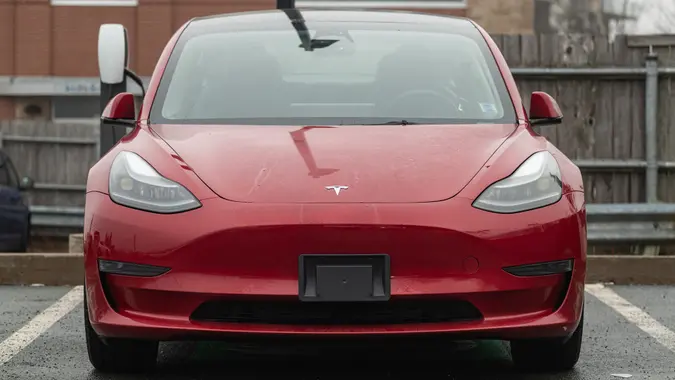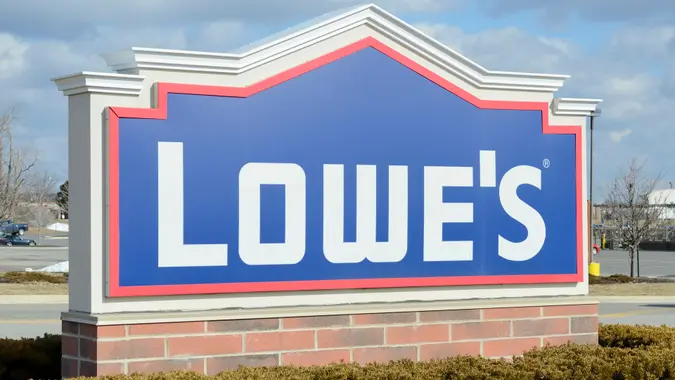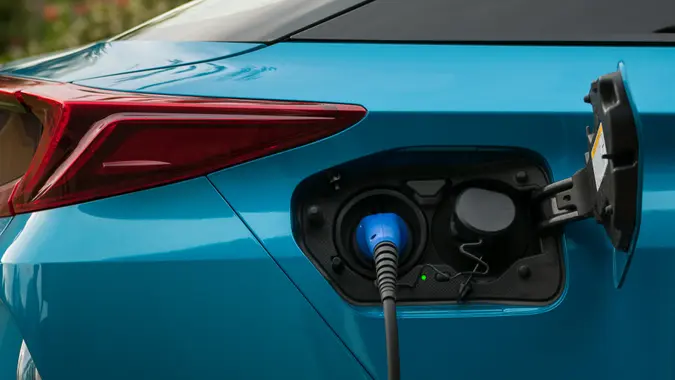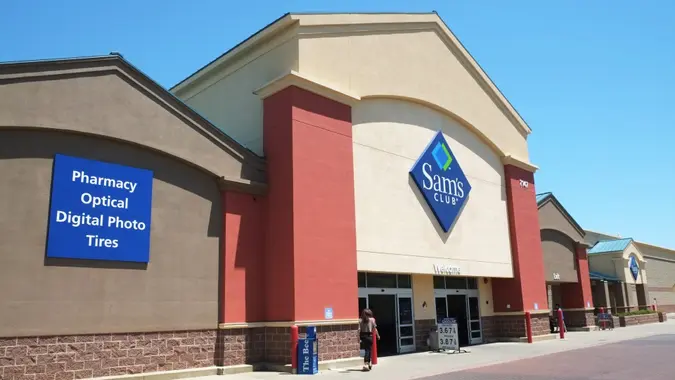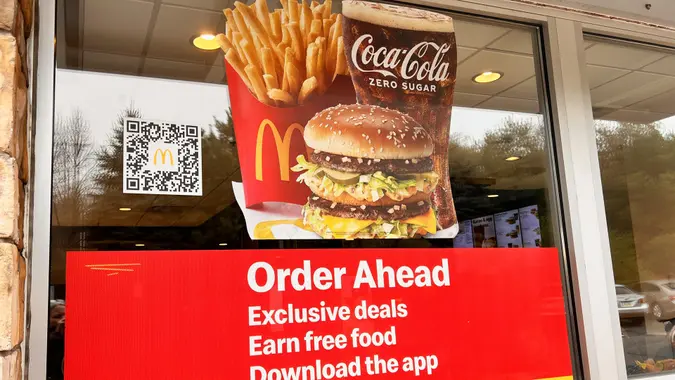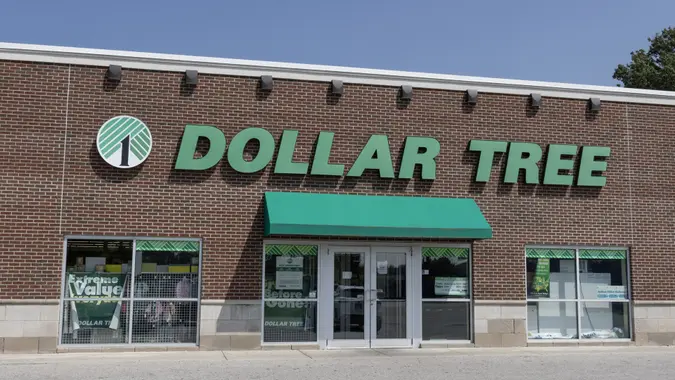5 Best Ways To Use Your $8K Home Renovation Rebate

Commitment to Our Readers
GOBankingRates' editorial team is committed to bringing you unbiased reviews and information. We use data-driven methodologies to evaluate financial products and services - our reviews and ratings are not influenced by advertisers. You can read more about our editorial guidelines and our products and services review methodology.

20 Years
Helping You Live Richer

Reviewed
by Experts

Trusted by
Millions of Readers
Sometimes, it pays even more than you think to go green. Yes, you’re improving the world around you, but if you can also boost your budget, then all the better. Thanks to the Inflation Reduction Act (IRA) of 2022, a federal law that aims to reduce the federal budget deficit and invest in domestic energy production, your energy-efficient home improvements are a little more financially within reach.
Home renovation rebates, worth upwards of $8,000, are available through a combination of federal tax credits and state-level programs like the Home Efficiency Rebates (HOMES) program through 2032. This payment can help cover up to 30% of qualifying expenses, with annual limits on certain types of improvements. For example, you can get up to a maximum of $1,200 for heat pumps and biomass stoves, while boilers have a separate annual credit limit of $2,000 with no lifetime limit.
Quick Take: OBBBA vs. HOMES
The One Big Beautiful Bill Act (OBBBA) made a lot of cuts across the board, and among its targets were home energy rebates, cuts to energy tax credits and many of the IRA’s clean energy incentives. Fortunately, the federal HOMES rebate program is based on prior appropriations and is currently being implemented by the states.
However, here are a few key notes about other policies for homeowners looking to renovate:
- The Residential Clean Energy Credit amount is a 30% tax credit for residential clean energy property, including solar, wind and battery storage, but will be terminated for items placed in service after December 31, 2025.
- OBBBA also ended the Energy Efficient Home Improvement Credit, which was a 30% tax credit for energy-saving renovations like insulation and efficient windows. This will take effect after December 31, 2025.
- The New Energy Efficient Home Credit, which was for builders of new energy-efficient homes, ends for homes acquired after June 30, 2026.
So, if you can still claim this credit, here are five things you should do with it once you have the cash in hand.
New Windows or Window Doors
Have older, single-pane windows or window doors that let out heat and cool air? Replacing them with Energy Star-rated double-pane windows can lead to savings of about $568 per year. According to the U.S. Department of Energy, home heating and cooling costs can be as much as 12% of total your home energy costs.
While any efficiency home improvement credit for new windows maxes out at $1,200 per year, the benefits extend beyond a lower tax bill. New windows make your home more comfortable, improve its look dramatically and can add an average of $13,766 to the value of your home.
Attic, Flooring, Basement or Crawl Space Insulation
You can save up to 20% on home heating and cooling costs by adding the appropriate insulation to your attic, underneath floors and in your crawl space or basement, according to the U.S. Department of Energy.
Keep in mind that the tax credit for windows and insulation is combined; so if you max out the credit with your windows upgrade, you can’t claim the money for insulation this year. It might make sense to put this upgrade off until January to maximize your tax credit and still have your home well-insulated in time for the coldest months.
Solar Panels
The return on investment you’ll find from installing solar panels on your home varies widely depending on the cost of electricity in your region, how much solar energy you can generate from your rooftop and whether you lease or purchase your panels. The federal government is offering up to 30% back on the purchase of your solar panel installation — that’s before any state or local incentives.
According to EnergySage.com, the average U.S. homeowner can save $48,059 over 25 years if their solar array generates 100% of the electricity needed for their household. The savings are much higher in California, a sunny state with high electricity costs, while it’s lower in Washington. The state of Washington sees less sunlight and electricity only costs 12 cents per kilowatt hour, compared to 32 cents in California.
Heat Pump and Water Heaters
Today’s heat pumps can work in virtually every climate, which is just one reason they are surging in popularity. It’s estimated that switching from an oil furnace to a water heat pump system can reduce your heating costs by an average of $947 per year.
If your home currently has baseboard heaters, you’ll save an average of $1,247 with this upgrade. About the only time a heat pump system wouldn’t make sense is if your home uses natural gas; you’d only save between $105 and $199 per year, depending on the type of system.
Home Energy Audit
The federal government is offering $150 toward a home energy audit. However, your local electricity provider may offer an audit for free. While it won’t yield cost savings directly, an audit gives you a roadmap for future energy-efficient improvements, making it a wise investment of time, money and future tax returns.
It hardly makes sense to turn down free money in the form of tax credits from the federal government. Formulating a careful plan for energy-efficient upgrades in your home can also put money in your pocket for decades and tax years, to come.
Caitlyn Moorhead contributed to the reporting for this article.
 Written by
Written by  Edited by
Edited by 



